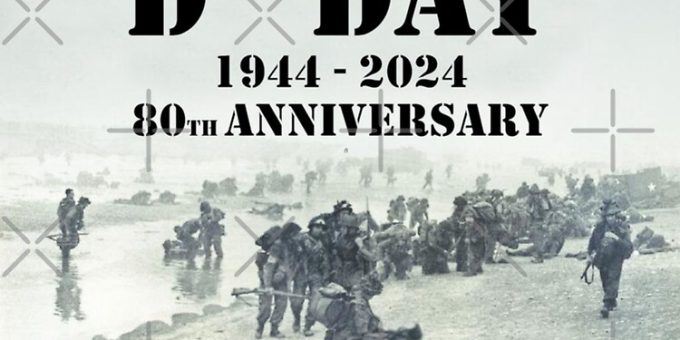
BEDFORD – June 6, 2024, is the 80th Anniversary of D-Day, and Lawrence County Veterans Affairs Officer Brad Bough is searching for World War II veterans and their families.
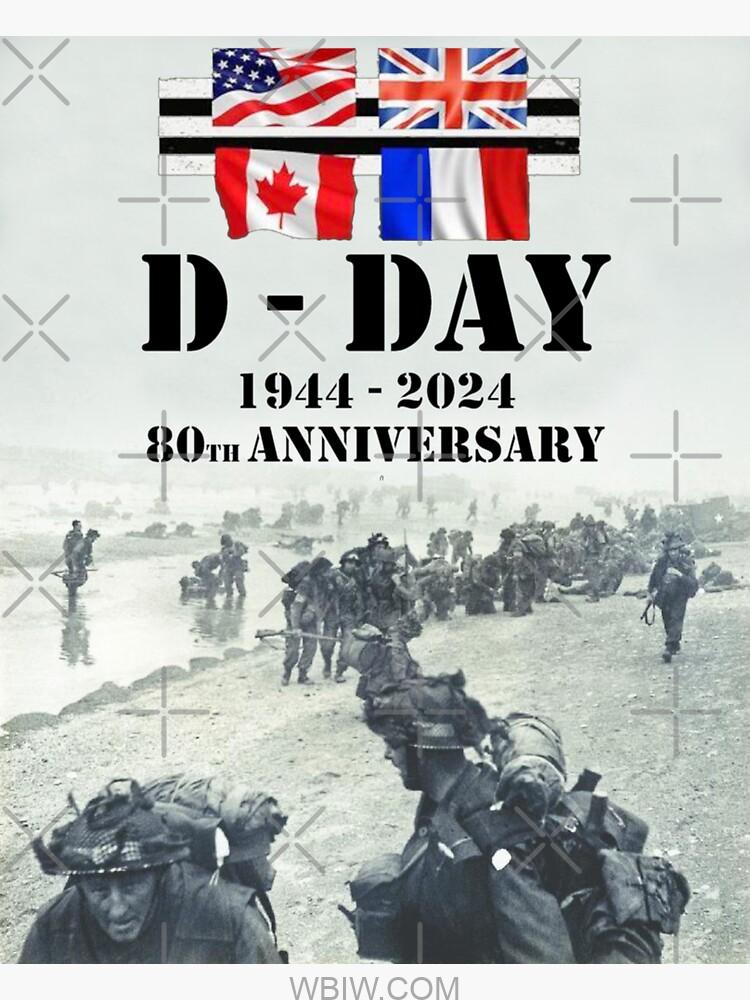
Bough hopes to organize a local event to celebrate the anniversary and honor World War II veterans.

“If the veterans or family of veterans are willing to participate, I would like them to call my office,” added Bough.
Bough can be contacted Monday – Friday from 8:30 a.m. until 4:00 p.m. by calling 812-275-6411.
The Normandy landings were the landing operations and associated airborne operations on Tuesday, 6 June 1944, of the Allied invasion of Normandy in Operation Overlord during World War II.
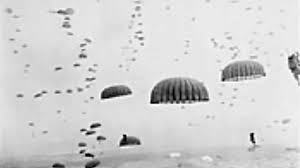
Codenamed Operation Neptune, often called D-Day, was the largest seaborne invasion in history. The operation began the liberation of France and the rest of Western Europe and laid the foundations of the Allied victory on the Western Front.
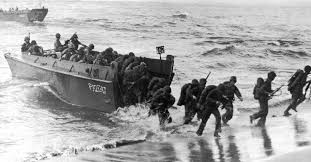
The invasion began shortly after midnight on the morning of June the 6th with extensive aerial and naval bombardment as well as an airborne assault—the landing of 24,000 American, British, and Canadian airborne troops. The early morning aerial assault was soon followed by Allied amphibious landings on the coast of France ca. 06:30 AM. The target 50-mile (80 km) stretch of the Normandy coast was divided into five sectors: Utah, Omaha, Gold, Juno, and Sword. Strong winds blew the landing craft east of their intended positions, particularly at Utah and Omaha.
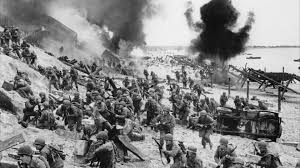
The men landed under heavy fire from gun emplacements overlooking the beaches. The shore was mined and covered with obstacles such as wooden stakes, metal tripods, and barbed wire, making the work of the beach-clearing teams difficult and dangerous. Casualties were heaviest in Omaha, which had high cliffs. Several fortified towns were cleared in house-to-house fighting at Gold, Juno, and Sword, and two major gun emplacements at Gold were disabled using specialized tanks.
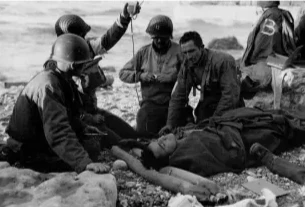
The Allies failed to achieve their significant goals beyond establishing the beachheads on the first day. Carentan, Saint-Lô, and Bayeux remained in German hands, and Caen, a primary objective, was not captured until 21 July. Only two beaches (Juno and Gold) were linked on the first day, and all five beachheads were not connected until 12 June; however, the operation gained a foothold that the Allies gradually expanded over the coming months.
German casualties on D-Day have been estimated at 4,000 to 9,000 men. Allied casualties were documented for at least 10,000, with 4,414 confirmed dead.



